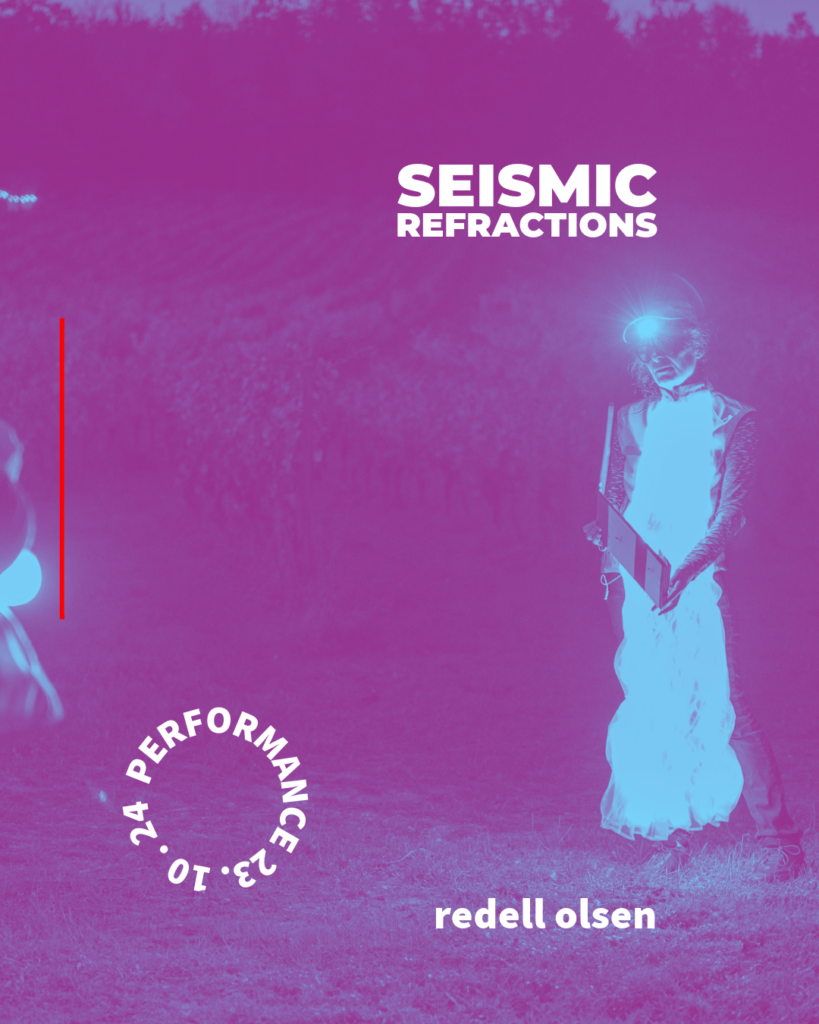Out of Practice Seminar (Oops) @ Goldsmiths
3 Dec 2025, 6:00pm – 8:00pm
RHB 150, Richard Hoggart Building
Rough/ruff books: a D-I-Y concertina poetics as art writing with Redell Olsen
The second Out of Practice Seminar (Oops) @ Goldsmiths presents a performance talk by writer and visual artist Redell Olsen.
This performance talk pursues Olsen’s ongoing exploration of books as wearable objects and books as forms for art writing. Her previous focus on rewilding the medieval girdle book generated both an edition of wearable girdle books and a promenade performance with a triptych of headphone tracks (Fossil Oil: a book of hours, 2024). This talk considers the history of the ruff as a wearable fashion object in relation to its materials and associated social constructions, such as sumptuary laws which attempted to regulate the transgressive explosion of Elizabethan ruffs. These ruffs were made from materials that overlap with Elizabethan bookmaking and constructions of ruffs can be glimpsed in Elizabethan visual art and writing about this art. The ruffs themselves however constituted a sign system for fashionable performances in society, on stage and in paintings. Olsen’s exploration of the ruff as a form for 21st Century bookmaking writes through aspects this cultural history to make a hybrid new form of concertina books that exist independently as bookworks and as wearable art objects. She draws on the traditional techniques of bookbinding alongside a more D.I.Y. aesthetic of punk poetic subcultures. The intervention in practice Olsen proposes is not to conflate art with writing about art but to make a new wearable form of art writing.
Redell Olsen makes work across poetry, bookworks, visual and performance texts. Recent works include: Fossil Oil: a book of hours (2025), Frownlands, 1969 (2024), Weather, Whether Plume of the Volants (Book and Exhibition 2021). Her poetry collections include: ‘Film Poems’ (Les Figues, 2014), Punk Faun: a bar rock pastel (Subpress, 2012) and ‘Secure Portable Space’ (Reality Street, 2004). She is Professor of Poetry and Poetics at Royal Holloway, University of London, where she convenes the influential Poetic Practice CW MA.

















